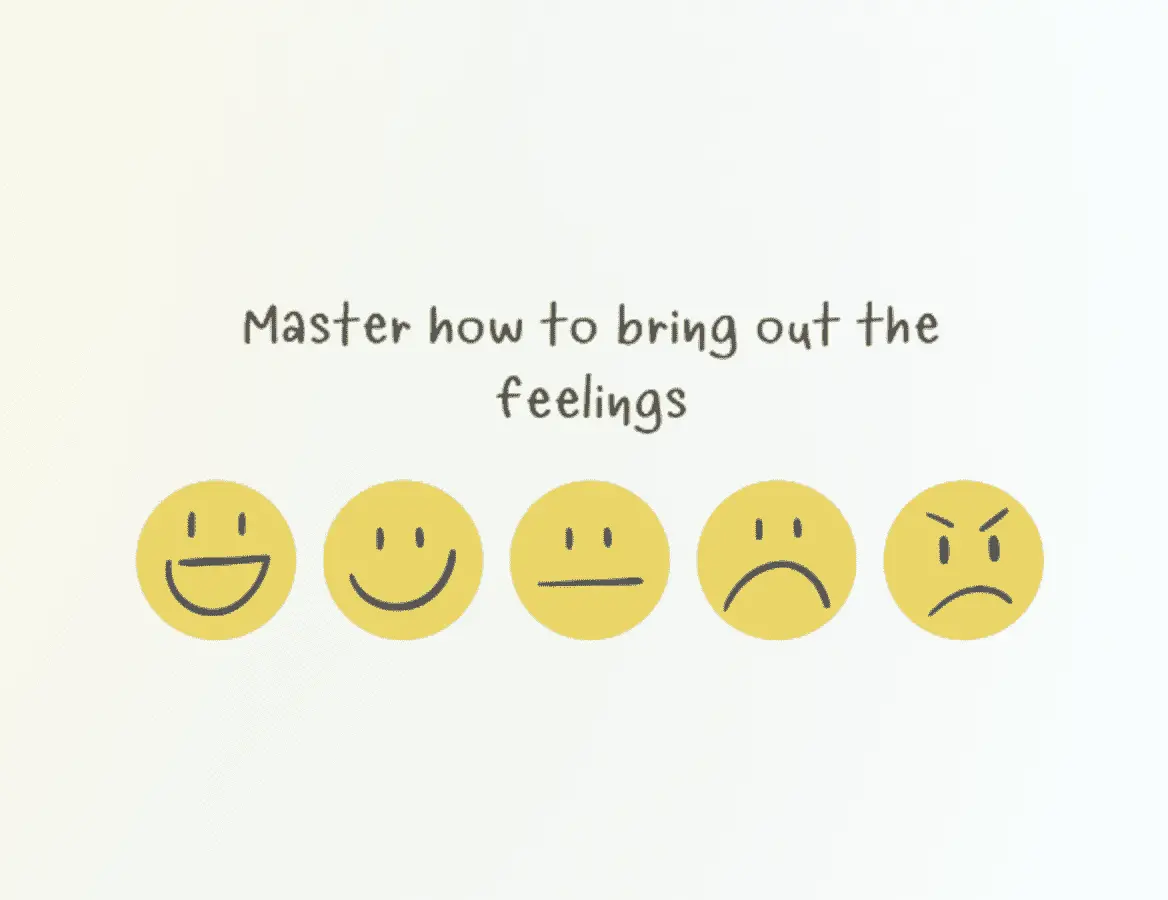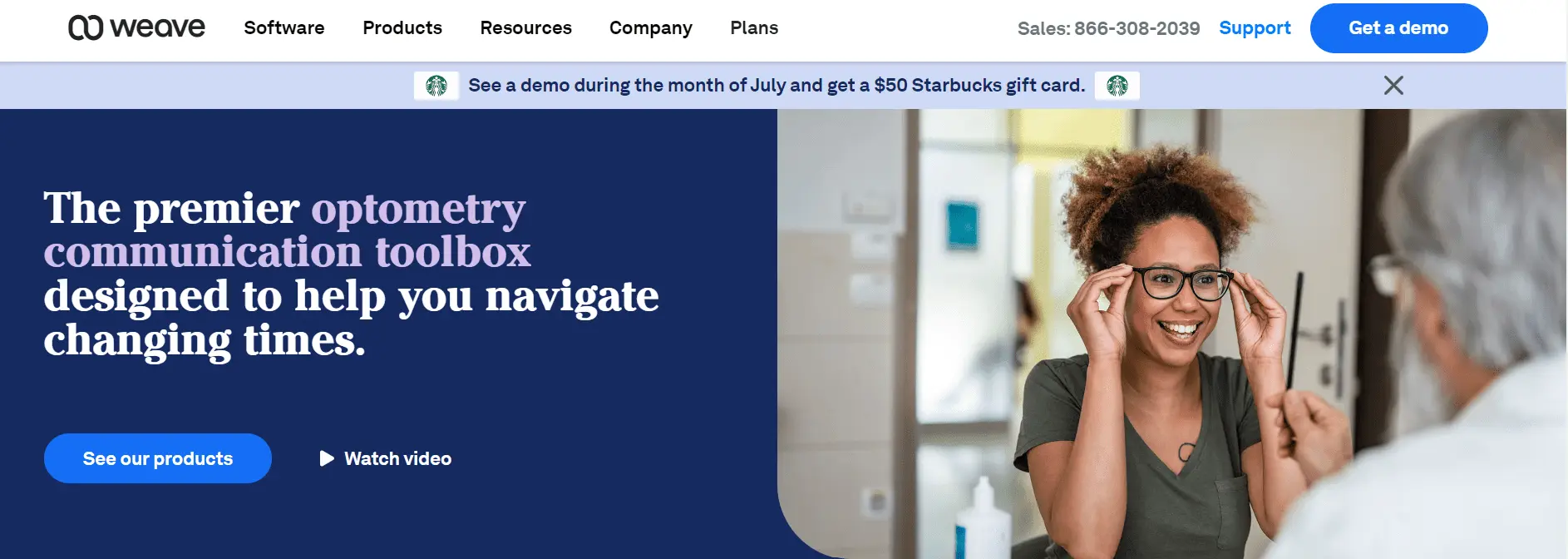In this article, you’ll learn:
The human attention span is shorter today than it has ever been. Research shows that today, the human attention span is 4.25 seconds shorter/smaller than it was in 2000. Crazy, right?
But what does this mean for your business? Well, this means that your target audience is now much less likely to spend enough time with your content unless it attracts and maintains their attention. And this is where visual content comes in.
Visual content marketing is more than just a pretty picture or a fleeting distraction in the digital realm. It possesses the power to build emotional bonds, ignite conversations, and provoke action. It can cut through the noise, capture attention, and leave a lasting impression on the minds and hearts of your audience.
But how do you create such impactful visual content? Continue reading to find out how to turn visual content into a catalyst for engagement, interaction, and action.
5 Expert Tips for Maximising the Power of Visual Content to Grow Your Audience
Making an Effort to Understand Your Audience
Understanding your target audience, and their needs, is an integral aspect of creating impactful visual content. A complete audience analysis will help you uncover valuable insights that inform your design decisions and foster a stronger connection with your target demographic.
This means that you need to research your audience’s demographics, psychographics, and behavioral patterns to gain a comprehensive understanding of their characteristics, preferences, and motivation. Try to understand their desires, aspirations, and pain points as if peering into their minds and hearts.
This information will help you construct user personas that embody the unique traits of your intended audience. These personas will serve as guiding beacons, ensuring that your designs align with the specific needs and desires of your audience.
Leveraging Storytelling in Visual Content Marketing
When harnessed effectively in visual content strategy, storytelling becomes a formidable tool that grabs attention, creates connections, and drives action.

Before you start designing, think about what elements of storytelling can be seamlessly integrated into your visual designs. The easiest way to do that is to think of your visuals as chapters in a larger narrative, each with its purpose and contribution to the overall story you're telling.
With this in mind, craft a clear and compelling visual arе that engages your audience from the very first glance and keeps them hooked until the final frame. Think of the characters, plot, and conflict that can be represented through your visuals. How can you weave together elements that resonate with your target audience's aspirations, challenges, or dreams?
A well-crafted visual story takes your audience on an emotional journey, sparking curiosity, excitement, and empathy. A single image can speak volumes, igniting the imagination and leaving a lasting impression in the minds of your audience.
Catalyzing Meaningful Interactions and Conversations
When done correctly, different types of visual content don't need any explanation. It has the power to transcend language barriers, cultural differences, and geographical distances. It has the potential to captivate, inspire, and provoke critical or creative thinking.
And it doesn't stop there. Visual content marketing strategy can catalyze meaningful interactions that transcend the screen and spark conversations that ripple far and wide.

One way to foster meaningful interactions is by creating visual elements that prompt a response. Thought-provoking imagery, compelling infographics, or interactive elements can incite curiosity and compel your audience to share their thoughts, opinions, and experiences. Encourage your audience to leave comments, engage in polls, or share their stories, providing them with a platform to express themselves and connect with others who resonate with your content.
Social media platforms play a significant role in facilitating interactions and conversations. You can leverage the power of these platforms to amplify your visual content's reach and engage with your target audience directly. Cultivate a space where discussions flourish, responding to comments, asking questions, and igniting conversations that further enhance the impact of your visuals and relevant images.
Remember, the true magic lies not only in the visual content marketing strategy itself but in the conversations and connections it sparks. It's about nurturing a community where individuals feel heard, valued, and inspired to engage with one another.
Building Emotional Bonds through Visual Content Marketing
Emotions have the power to evoke joy, empathy, inspiration, or even nostalgia. Mastering the art of infusing your visual content strategy with emotion can help you tap into the fundamental aspects of human nature, reaching beyond the surface and touching the very core of your audience's being.

To build emotional bonds through visual content , start by understanding the emotions you want to evoke. Consider the desired emotional response you aim to elicit from your audience. Is it excitement, trust, or perhaps a sense of belonging? Once you identify these core emotions, you can design visually appealing content that resonates deeply and leaves a lasting impact.
Colors, shapes, and imagery all play significant roles in evoking emotions through visual content marketing. Select a color palette that aligns with the mood and tone you wish to convey. For example, bold, vibrant colors can instill a sense of energy and excitement, while soft, muted tones create a tranquil and reflective ambiance.Additionally, taking steps to enhance image quality ensures that every visual element communicates professionalism and clarity, reinforcing your brand's message and emotional appeal.
For instance, a recent report shows that about 50% of consumers confirm that your website's look and feel contribute to how they feel about your brand. This means that paying attention to the visual design of your website plays a vital role in your business's success.
A visually appealing website captures attention and creates a positive user experience, fostering engagement and encouraging visitors to explore further. This heightened engagement can motivate users to take desired actions, such as making a purchase, signing up for a newsletter, or contacting the business.

For example, Weave’s site is clean and very visually appealing, which gives off a sense of trust. The text is bold and either dark against a light background (or vice versa) and therefore easy-to-read, testimonials are clearly shown to help build credibility, and the different features of their product can be easily accessed as well.
Keep in mind that authenticity is key to building emotional bonds. Be genuine, transparent, and true to your brand's values. Visual content marketing strategy that feels staged or inauthentic is likely to fall flat and fail to evoke genuine emotional responses. Instead, strive to create visuals that reflect the authenticity of your brand, capturing the essence of your values and forging a genuine connection with your audience.
Enhancing Design and Performance through A/B Testing?
Like with all other visual content marketing strategies, continuous testing and improvement are what determines a successful strategy from a failed one. So, the mighty tool of A/B testing is very important when it comes to the success of visual content.
In a simple definition, A/B testing (split testing) is a methodical approach that allows you to compare two versions of your visual content to determine which one performs better. It's like conducting a scientific experiment but with design variations and user data.
You can test different aspects of your visual content marketing, such as layout, color schemes, call-to-action placement, or even font choices. This will give you a deeper understanding of what resonates with your audience and drives the desired actions.
However, it's important to approach A/B testing strategically. Randomly changing design elements without a clear objective or hypothesis will yield haphazard results. Instead, outline clear goals and hypotheses before conducting your tests. Identify the specific elements you want to test and the expected impact on user behavior. This way, you can measure and interpret the results effectively, gaining valuable insights for future design iterations.
The beauty of A/B testing lies in its ability to provide concrete insights and measurable results. But remember, A/B testing is not a one-time affair. It's an iterative process that allows you to fine-tune your designs based on data-driven insights. As you gather more data and refine your hypotheses, you can continually optimize your visual content marketing to achieve higher engagement, conversions, or any other desired outcome.
Conclusion
The canvas of visual content is vast, waiting to be painted with intention, passion, and purpose. You must continue to push the boundaries of visual content marketing to retain your audience’s attention. If you embrace the challenge of designing for impact, each stroke of your digital brush has the potential to shape the world we inhabit.
But there is no overnight success. It will take time, organization, and creativity to successfully adapt your brand to create tangible visual content that resonates with the audience and drives positive results. So start today and start small.
Did you enjoy this article? Give Pics.io a try — or book a demo with us, and we'll be happy to answer any of your questions.





